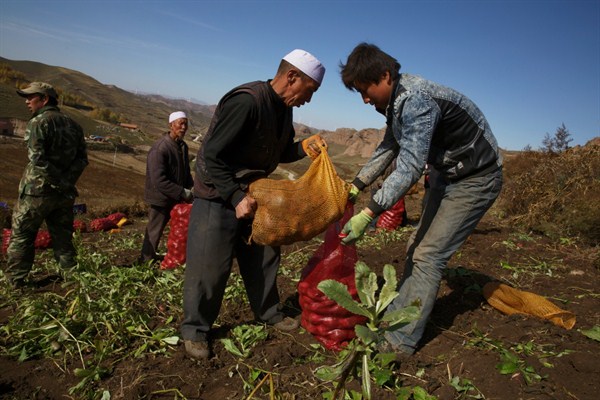Since the founding of the People’s Republic of China in 1949, Chinese leaders have struggled with an age-old problem: how to feed a growing population with a small amount of arable land. Despite the country’s agrarian beginnings and the ideological importance of the farmer in Maoist thought, nagging concerns about efficiency, food security and sustainable agricultural development have never been fully resolved.
Even as China has dazzled the world with its technological progress in cutting-edge fields like artificial intelligence, renewable energy and bioengineering, to the government’s dismay, China has been slow to make similar advances in farming despite boasting the largest agricultural output in the world. An aging population of small landholders using traditional techniques is still responsible for the vast majority of farming in China, and the country has been forced to rely on large imports of foreign crops to meet its needs. But after years of contingency plans and investment in new farming technology, China now appears to be showing signs of revamping its uniquely fragmented agricultural sector.
Despite past attempts at reform, farming in China today is still an intensely small-scale enterprise. The lack of private property rights and the vestiges of Mao-era communes have made it exceedingly difficult to consolidate farms, leaving in place a system where the overwhelming majority of production takes place on small family plots. With over 240 million farmers working only about 400 million acres of arable land, the average family farm in China is just around two acres in size, compared to 433 acres in the United States.

